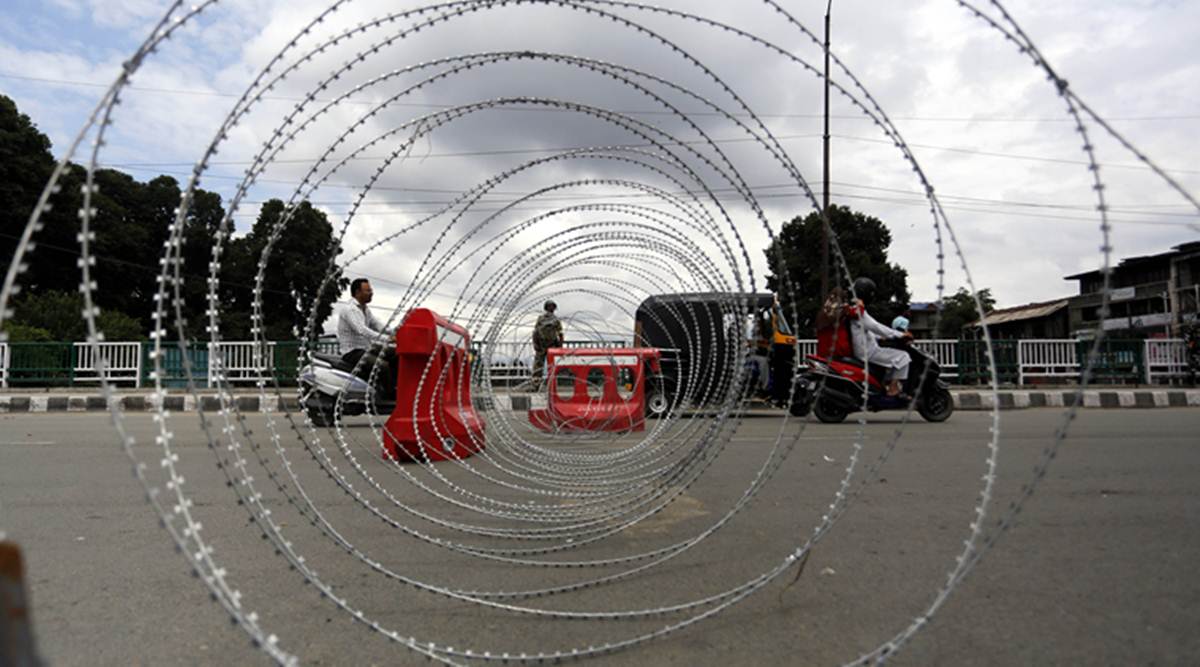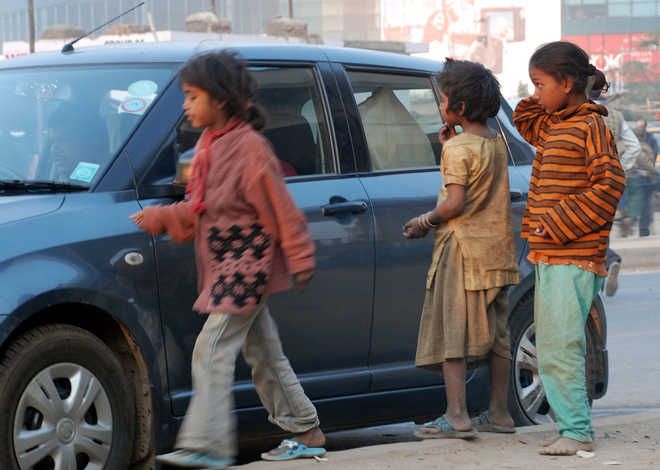At 8 pm local time, on March 24, prime minister Narendra Modi gave 1.3 billion Indians a four-hour notice to confine themselves to their homes for the next 21 days. The national health emergency, to contain the spread of the coronavirus, suddenly plunged the country into uncharted waters, with most people having no experience in navigating them.
In these dark times, one place that most Indians can look up to for guidance is Kashmir, with its three decades of experience with such crises.
In the restive northern region, drawn closures and blackouts are banal realities that are hardly disruptive.
This is why, when on March 22, as concertina rolls were strung across roads in Jammu & Kashmir’s capital Srinagar, and police vehicles issued stay-at-home orders, people effortlessly adhered. For them, it was a mere return to the de facto status quo.
Far more severe
It was only in February this year that Kashmir emerged from a prolonged blackout, following the revocation of the region’s constitutional autonomy on Aug. 5, 2019. The ongoing Covid-19 lockdown across India can’t beat it in severity.
The region had no means of communication, not even functioning telephones, for a whole month. Mobile phone services were restored after three-and-a-half months and slow-speed 2G internet after six months—4G is still out. This is despite the pressing need to stay informed about developments related to the pandemic.
The communication blackout also closed the doors to online education, which now seems to be turning into a rage across India. Children in Kashmir resumed their schooling on March 1, after staying at home for seven months. They are now back sitting at home.
During the statewide lockdown, Kashmiri children and adults spent time watching the news on television. It was a boring routine but they could hardly help it. The curfew was gratuitously forced on them to maintain calm.
It was, in part, voluntary too—staying at home was always a tool of non-violent protest against the government.
Kashmir’s economy had to bear a colossal loss of around Rs18,000 crore ($2.3 billion) during those six months, according to a local business body.
Tourism, a mainstay of the economy, along with associated sectors like hotels and travel, came to a complete halt. The handicraft sector was crushed, the fledgling IT industry and startups were wiped out. Fruits rotted on trees as horticulture, an Rs. 6,500 crore industry employing around three million people, had fewer workers during harvest time.
Numerous precedents
The Valley has witnessed intermittent periods of unrest spanning up to six months since at least 2008. In June that year, the Valley tipped into turmoil following the transfer of forest land to the Amarnath Shrine Board to prepare shelters for Hindu pilgrims trekking to the ancient cave shrine in the region. The transfer was seen as a violation of domicile land laws. The turmoil continued until November that year, claiming around 70 lives.
Recent years have seen more such turbulence.
Six-month-long unrest ensued in 2016 following the killing of the militant commander Burhan Muzaffar Wani. Around 120 youth lost their lives and several hundred were blinded as security forces to tackle protesters. The Valley remained completely shut during the period in response to calls from separatist groups.
If the number of shutdowns—both imposed and voluntary—over the past 30 years were to be taken into account, it would amount to several years of closure of socio-economic activity. And these often happen during peak business season.
This is why, when the rest of India is struggling right now, Jammu & Kashmir is nonchalant.
A viral post on social media, which many Kashmiris have by now shared, captures this spirit: “Dear World, how is the lockdown? It’s just lockdown with access to the internet. Just imagine lockdown without the internet. Would you like to taste it?”






